Maybe you will find an alligator alive in Alaska, but it would have to be a pet with a hopefully protective owner.
There are no rules against alligators living in Alaska, and you won’t get arrested for bringing a gator pet with you to a potluck.
But you will get some weird looks because this is not the right place to bring an alligator.
Alaska is cold and snow-covered, being the northernmost state in the US.
The waterways flow at around 40 degrees, which is actually the coldest an alligator can stand for swimming.
But do they and would you ever swim with an alligator in Alaska?
The answers to these questions will surprise you!
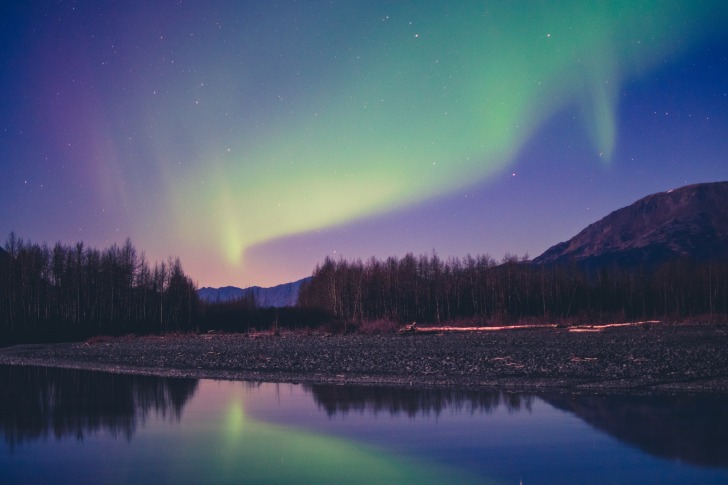
Contents
So… Are There Alligators in Alaska?
No, you cannot find alligators in Alaska.
The water is too cold, and so is the overall climate.
The snowfall and ice melt from the Alaskan mountains also eliminate the possibility that cold-blooded reptiles including alligators can live here.
The American alligator that thrives in the Southeastern US cannot live north of North Carolina, and Alaska is far outside of their territory.
The alligators in the US live in Florida and Louisiana, as well as in South Georgia and East Texas.
That is where their natural habitat is in this nation.
Outside of these states, you can find alligators bred in captivity and on display at zoos and aquariums.
However, for Alaska, having an alligator means it is your pet.
Speaking of pet alligators, there is no law against keeping a gator as a pet.
The Alaska Department of Fish and Game states it’s not illegal to have an alligator in your home.
But it is not advised due to the cold and arid climate, as well as the risks involved with housing a large reptile.
Therefore, you can bring an alligator as a pet to Alaska and have it in your home.
Keep in mind, you will have to provide a humid, warm environment to keep your pet happy.
Alligator Species in Alaska
There are no alligators in this location, and Alaska is also home to very few reptile species.
You won’t see an alligator or any type of crocodilian species, such as a crocodile, gharial, or caiman.
There are no lizards in Alaska to speak of, and sea turtles are the only reptile to habitat naturally here.
You can find some amphibians, which are often confused with reptiles.
These animals include the wood frog that is native to Alaska.
Is it Safe to Swim in Alaska?
Actually, no, you may not want to swim in Alaska waters.
Aside from being safe from alligators and other reptiles, the water in Alaska has other threats to humans.
The temperature of Alaska waters in this northern state is far too cold most of the year for swimming.
According to the National Centers for Environmental Information (NCEI), the coastal water in the major towns of Alaska varies from the high 30s to the low 50s.
For swimming, this is far too cold to go in without a wetsuit.
This is also conducive to much colder temperatures at any possible swimming beaches.
The only way to swim would be to wear a wetsuit and protective gear.
Otherwise, you risk getting hypothermia and freezing to death.
As for alligators and other reptiles, these are the least of your worries in the waters of Alaska.
An alligator cannot live when the water is colder than 40 degrees Fahrenheit.
Therefore, swimming upstream to Alaska would never work because the waters are too cold too often throughout the year.
There is not a summer month when it gets so hot in Alaska that the waters warm up enough to attract and maintain alligators, snakes, crocodiles, or most cold-blooded animals.
Those sea creatures native to Alaska include otters, walruses, seals, and whales.
Poor Water Quality for Swimming
The other big reason why swimming in Alaska is not the best idea has to do with water quality.
The water quality in the city creeks, such as popular Campbell Creek, and freshwater ponds where Alaskans would want to swim is dire.
Water tests have shown there are high levels of fecal coliform, aka human feces, in the waters.
This level is more than is permitted for swimming, or even boating including kayaking.
Getting this water in your mouth or on your skin could have negative health effects.
This includes diarrhea and stomach complaints.
Therefore, if you are going to swim in Alaska, make sure you know about the water quality of the swimming area before you jump in.
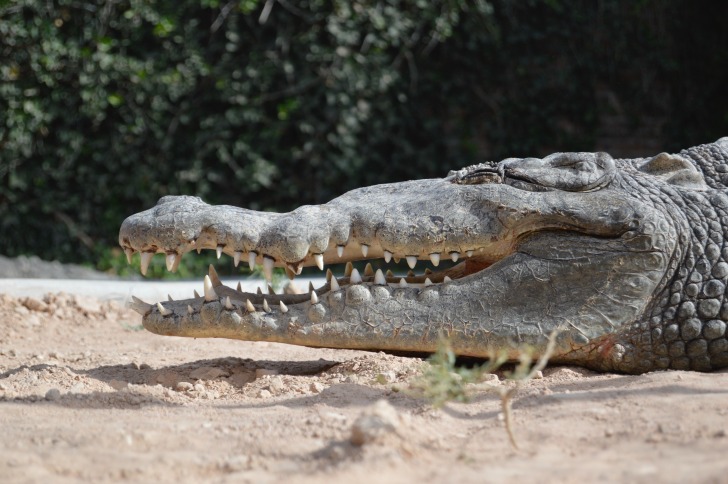
Interesting Alligator Facts in Alaska
Alligators have been captured in Alaska, but it is from pet owners who have set the gators free for whatever reason.
A local reptile rescue company called Valley Aquatics in Wasilla has rehoused several reptiles in Alaska.
These include turtles, ball pythons, boa constrictors, and alligators.
The Alaskan rescue center finds new homes that are more suitable for these reptiles.
For the alligator named Allie that was found here in Meadow Lakes in 2017, the gator was kept safe in a tank at the aquatics center.
Then it was relocated to Florida where the alligator has a more promising living environment.
Also, there is a fishing hole called the gator hole in Alaska.
It is at Big River Lake and those who fish there with a guide, get taken to the place called the gator hole.
No, there are no gators living in the gator hole, but you can evidently catch some mighty big fish!
Alligators vs. Crocodiles
Alligators and crocodiles look a lot alike.
Yet these reptiles are far from the same species.
In fact, you cannot breed alligators with crocodiles, or vice versa, because there is too much genetic variation between the two animals.
Sounds shocking but it’s true!
If you are out and about in Alaska and suspect you have come up on an escaped pet alligator, here are some ways to tell if that’s a gator or a crocodile.
An alligator is smaller in size compared to a crocodile, measuring up to 8 feet as a female and 11 feet as a male gator.
In terms of weight, fully grown alligators can weigh up to 1,000 pounds, which is half a ton.
You can find adult male crocodiles with lengths of 23 feet and weighing a full ton of 2,000 pounds.
Female crocodiles grow to be around 10 feet long and just 330 pounds.
Therefore, it could be that you are encountering a female crocodile instead of a male alligator.
How can you tell the difference in the wild?
An alligator will only be found in freshwater, while a crocodile may be able to live in saltwater.
Alligators also have shovel-shaped, broad snouts, compared to the A-shape of the crocodile with its smaller snout.
You will also notice an alligator has darker skin, as the thick bony hide will be black with some yellow coloration.
Crocodiles tend to be whiter or gray across their backside.
3 Safety Tips for Swimming in Alligator-infested Waters
- Swim only when fully alert and ready to face an alligator, if you are in infested waters. If you are half asleep, you might accidentally swim right up next to a hungry gator and not realize it. Be alert and ready to swim when you are in Alaska in waters that might be infested with alligators.
- Choose a brightly lit swimming outfit, and take lights with you. The brighter you can make the waters where you are swimming, the easier it is to see yourself and the water around you. Alligators like to hide in dark places, which is where you want to shine your lights when swimming. Ward off an attack by seeing the alligator before it sees you by blasting it in the eyes with a bright flashlight.
- Make a lot of noise when getting into a new swimming hole. This way, if there is an alligator on the loose, that animal will not be startled by you. Alligators can hear vibrations very well and create vibrations of their own. So, if you hear a loud rumble or hiss, that could be the sound of an alligator. Avoid going around loud, unexplainable sounds in woods or on river banks to avoid potential threats of gators.
Summary
A visit to Alaska will bring you plenty of fond memories of bears, fishing, and snow-capped mountains.
However, it will not result in a lot of alligator encounters.
The reptile simply cannot survive this far north where the climate is too cold.
This is great news for anyone with a fear of being attacked by an alligator.
Alaska, as it turns out, is the best place to live free from getting eaten by an American alligator while swimming.
That being said, people are also free to own a pet alligator or crocodile in Alaska.
Therefore, it would be more likely that you would meet an alligator at a party in Alaska, rather than in a swimming hole!
Also, since alligators can be kept legally as pets, do not be surprised if a pet alligator were to be on the loose near you in AK.
Alaska Safety Overview
READ THE FULL REPORT: Alaska Safety Review
Safety Index:
- OVERALL RISK: MEDIUM
- TRANSPORT & TAXIS RISK: LOW
- PICKPOCKETS RISK: LOW
- NATURAL DISASTERS RISK: MEDIUM
- MUGGING RISK: HIGH
- TERRORISM RISK: LOW
- SCAMS RISK: MEDIUM
- WOMEN TRAVELERS RISK: LOW
Frequently Asked Questions
How far north have alligators been found in the US?
The National Wildlife Federation (NWF) reports that the farthest north that an American alligator has successfully traveled has been to North Carolina.
Beyond the NC line, there have not been any alligator habitats located in the US.
What are the biggest predators humans must protect themselves from in Alaska?
In AK, there are bears including polar bears, grizzly bears, and black bears.
These are the largest land predators that are likely to attack humans in Alaska.
Other predatory animals in the state are moose, wolverines, and walruses in the ocean.
These animals are all found wild and inhabit Alaska naturally.
Therefore, when you are out and about in AK, you are in the backyard of these creatures who might suspect you are their next meal.
Stay safe when around predators who eat anything in sight!
Has there been a human killed by an alligator in AK?
No, there are no recorded deaths of humans who were fatally attacked by an alligator in Alaska.
However, there is a chance that someone might have been killed by a pet alligator and we have no evidence about that.
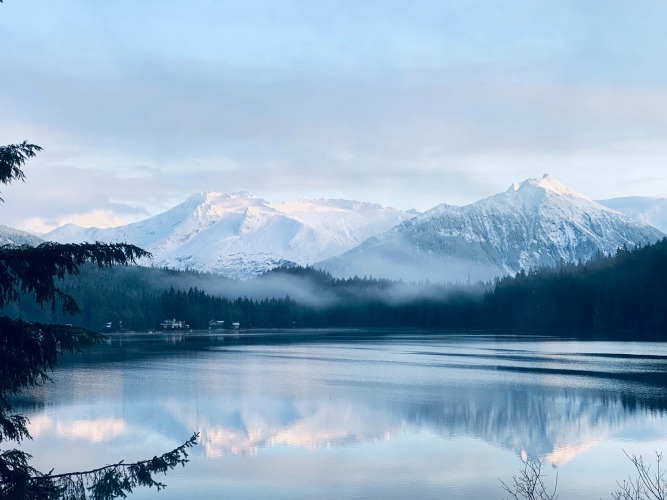
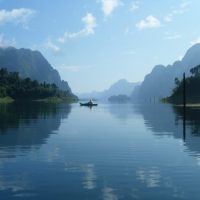


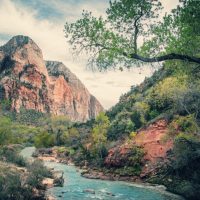

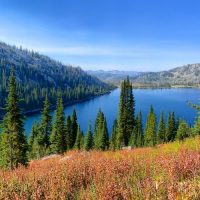





As a local, I can confirm that there are no alligators in Alaska due to the cold climate and unsuitable habitat.